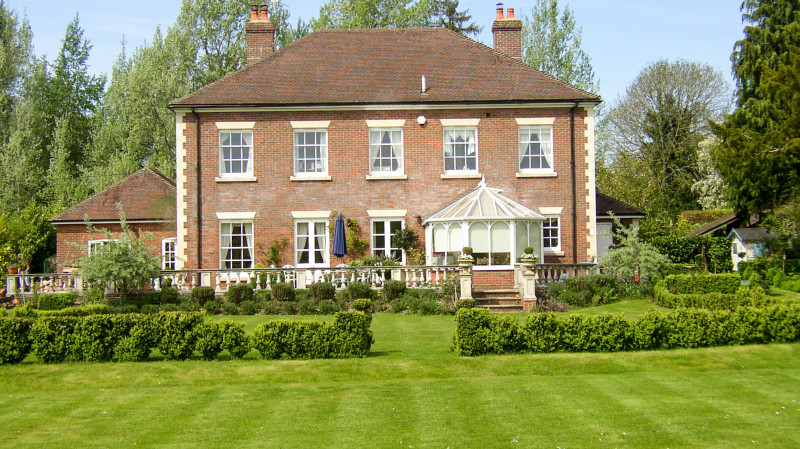You are here: What are quoins and pantiles?
Just as you feel like you are on top of builder terminology, along comes another set of phrases to blindside you. Quoins and pantiles - what are these and why do you need to know about them?
What is a quoin?
A quoin is the masonry block that is placed at the corner of house wall or the edge of a building. Probably the easiest way to recognise them is to spot them on Georgian, Edwardian or sometimes Victorian buildings as the large white or light stone coloured blocks that run up the side of the corner of the house. They are there for one of two reasons. Quoins are placed to provide extra structural strength, particularly if the bricks or stones being used in the main building are weaker.
The second reason is simply looks! Quoins come in a number of decorative colours, but are usually chosen to complement the brickwork or render of the building. That way, as well as the extra structural help, they can make a building look amazing with very striking lines too.

What is a pantile?
A pantile is a type of roof tile, normally made of clay. What makes it distinctive from other roof tiles is its ‘S’ shaped appearance. The curvy pantiles are laid in their rows so that the downturn of one tile overlaps the upturn of the next. You particularly notice this when they are laid as the roof has a beautiful undulating look. The peaks and troughs direct rainwater down into the centre of the tile and channel it down the roof slope to the gutter.
Pantiles are lighter in weight than most other roof tiles as you only need a single layer of them rather than a double layer of tiles on top of each other. Pantile roofs can also be laid to a lower pitch, which can be helpful if you don’t have as much space.
If you need to patch your roof up and you are using second-hand or new replacement pantiles, you must get ones that closely match the originals. If you don’t and the tiles don’t fit together snugly, it will let rain water in. Luckily, instead of the original clay pantiles, many pantiles are machine-made today so are more uniform in look and feel.
Pantile roofs are a great choice for keeping the elements out but look terrific on the right property. You often see them in coastal towns in Eastern parts of the UK as the tiles were first imported from The Netherlands in the early 17th century.
Wear and Tear
There are more modern ways to build a house and many more styles from which to choose than pantiles and quoins nowadays, but for some people the classic looks will always win out.
If quoins are part of an original build, your biggest issue is probably going to be cleaning them but if you are using a modern, pre-fabricated, decorative quoin that will be stuck on post-build, check to make sure the seal is secure and that they fit with the design. Otherwise, you could be left with a costly eyesore.
Make sure that you check the pantiles for leaks and wear and tear as you would any other roof tile. They may look pretty but as with many building issues, they are cheaper to fix if a problem is spotted early.
If you are looking to make some home improvements, you may find some of these services useful
Builders
Find local help with a building project
Building Regulations
Find details of local experts who can help with Building Regulations
Architectural Design Services
Find local Architectural Design experts
Structural Inspections
Find an expert to carry out a structural inspection
Building Surveys
I want a local surveyor to do a Building Survey for me
Choose which Architectural service you require
If you are not sure which service you require, check out the options available...


